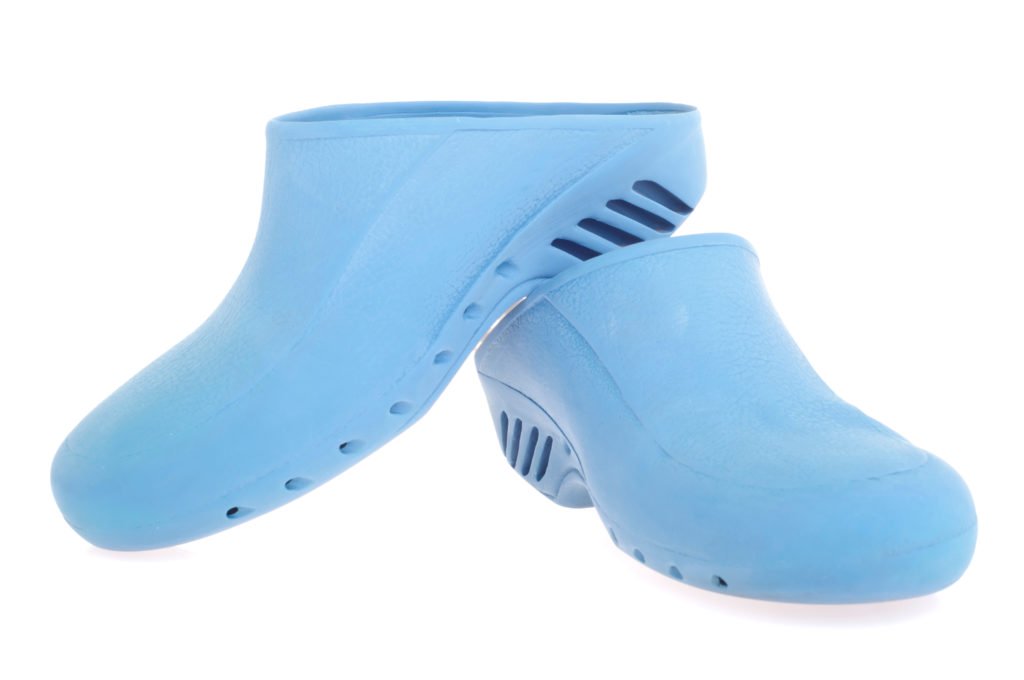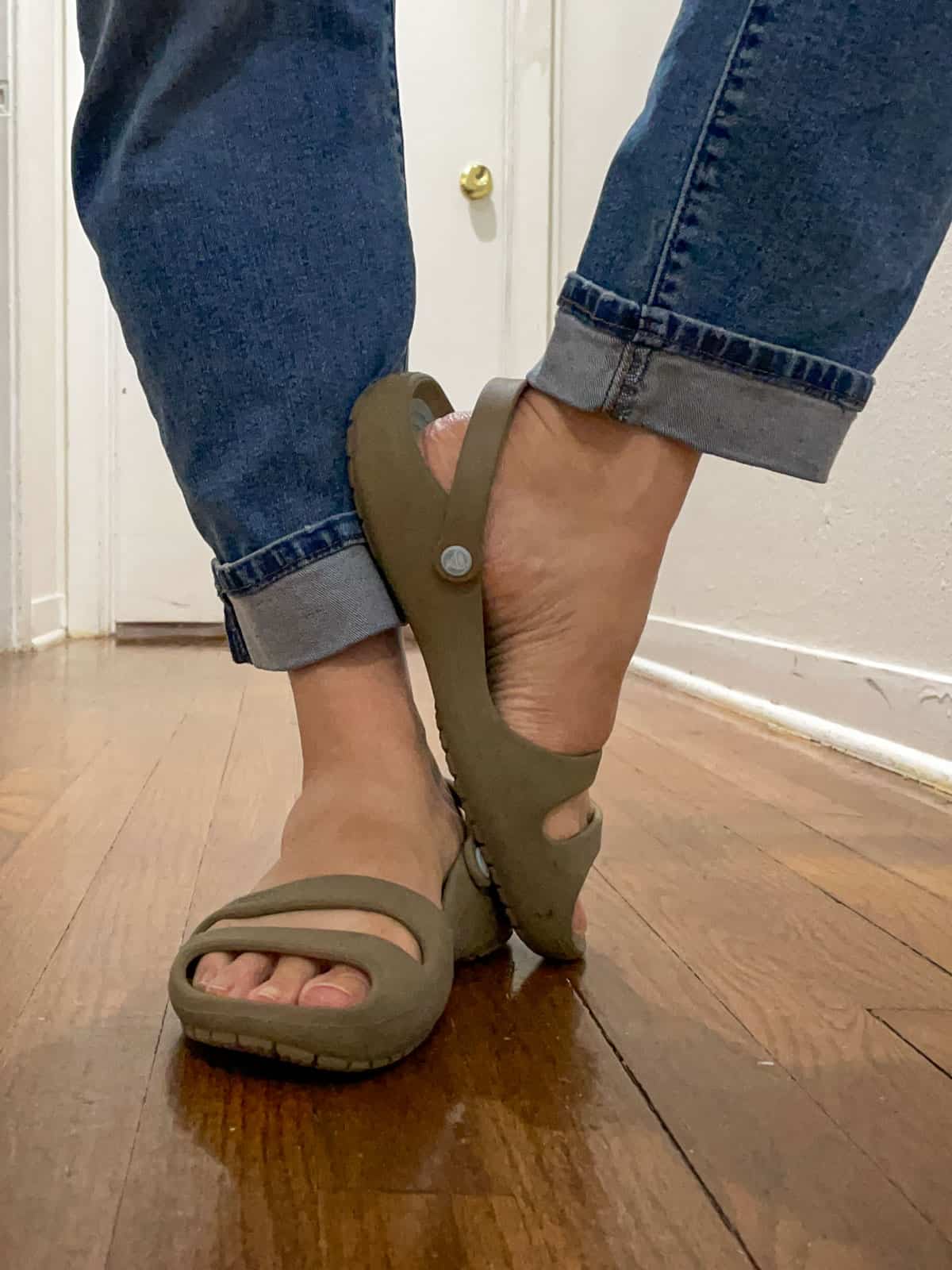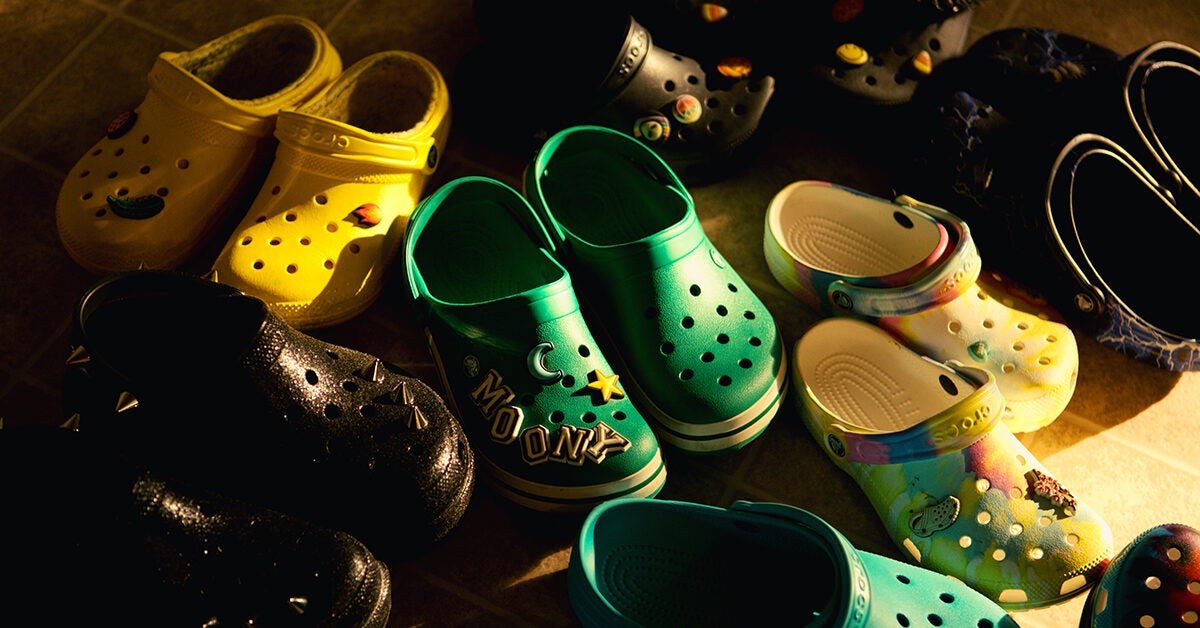Are Crocs Bad for Plantar Fasciitis? What You Need to Know Today

If you’ve ever reached for your Crocs in the morning—maybe because they’re just so easy, or maybe because you’re desperate for a little comfort when that first heel pain strikes—you’re not alone. I’ve been there, and I get it. There’s something almost addictive about that soft, squishy feeling underfoot. But here’s what most people don’t realize: our brains are wired to chase immediate comfort, even when it sabotages our long-term healing.

The Surprising Psychology of Footwear Comfort
Let’s break down why Crocs are so tempting—and why they can be a trap for plantar fasciitis sufferers. The moment you slip them on, your sensory system gets flooded with positive feedback: “Ahh, pillowy softness!” That instant relief? It’s a classic case of your brain rewarding short-term pleasure while ignoring future consequences. Neurologically speaking, this is called present bias—our tendency to prioritize now over later.
But plantar fasciitis isn’t fooled by softness. This condition is about micro-tears and inflammation in the fascia—a structure that craves support and stability, not just cushioning. When you choose shoes based only on how they feel in the moment (hello, Crocs!), you’re actually reinforcing habits that can keep the pain cycle spinning.
My First Croc Catastrophe (And What I Learned)
Back in 2019, I was deep in denial about my own foot pain. After a long day on my feet at work, I’d come home and immediately swap out my sneakers for bright green Crocs—convinced I was treating myself right. For weeks, those first few minutes felt like bliss… until I noticed my heel pain wasn’t getting better. In fact, it was worse by evening.

I finally took my shoes to a specialty store and handed them over to a certified pedorthist named Carla. She twisted one Croc sideways with barely any effort and asked me:
“Would you trust a chair that bends like this?”
That visual snapped me out of my comfort trance! Suddenly it made sense—my feet were working overtime to stabilize themselves inside those floppy clogs.
Why Support Trumps Softness
Here’s where psychology meets biomechanics: our bodies crave predictability and stability as much as comfort. When your shoe doesn’t give proper arch support or hold your heel snugly in place, your brain has to recruit extra muscles just to keep you balanced with every step. This constant low-level effort is exhausting—and over time, it makes inflammation worse.
The science backs this up: podiatric studies show shoes with firm arch support decrease stress on the plantar fascia by up to 25%. That’s not just theory; it’s measurable relief.
What Actually Works—And Why
What finally turned things around for me wasn’t buying the fanciest orthotic or latest brand-name sneaker—it was shifting my mindset from “what feels good now?” to “what helps me heal long-term?” Here’s how that played out:
-
Audit Your Shoes Like a Detective:
Hold each pair at both ends and twist—if they flop or contort easily (like most Crocs do), they don’t protect your fascia from strain. -
Look For Deep Heel Cups & Structured Arches:
When I switched to Vionic sandals (designed by podiatrists), I noticed after just three days that my morning hobble turned into an actual walk again. -
Set Up Micro-Habits:
Instead of changing into Crocs after work, I left supportive New Balance sneakers by the door—a subtle cue for my brain to choose healing over habit. -
Test Orthotics Without Fear:
My first attempt at orthotics felt weird—almost “too hard.” But after two weeks (and some grumbling), my foot muscles adapted and thanked me with less pain each day.
Cost Breakdown: Is It Worth It?
Let’s talk numbers for a second because financial stress can play tricks on motivation:
- Decent orthotic inserts: $40–$60
- Supportive walking shoes: $90–$150
- Daily Croc comfort… plus ongoing pain management? Priceless—but not in a good way!
I wasted more money bouncing between cheap fixes than if I’d invested once in real support.
How To Outsmart Your Own Brain
Here’s what helped me stick with more supportive footwear when old habits called:
- Gamify progress: Each day without heel pain got an emoji in my calendar app.
- Remind yourself of WHY: A sticky note on my closet read “Comfort now = Pain later.”
- Celebrate tiny wins: First painless walk around the block? Instant mood boost—and proof positive change works!
Real Conversations From Fellow Sufferers
A friend confessed recently:
“I know Crocs aren’t great for my feet…but they’re so easy!”
My reply? “So is skipping brushing your teeth—but we both know how that turns out.”
We laughed—but she switched to Brooks runners indoors within a week and texted me: “This actually works?!”

The Big Takeaway
Crocs aren’t evil—they’re simply designed for convenience rather than recovery. If you have plantar fasciitis, every step is either helping heal microscopic tears…or making them worse depending on what supports you choose.
If you want genuine relief—not just fleeting comfort—shift from seeking soft sensations toward stable support systems. Your future self will thank you every single morning when stepping out of bed doesn’t feel like walking across hot coals anymore.
You don’t have to be perfect; start small! Audit your go-to shoes today using these psychological insights as fuel—not guilt—to take action that sticks.
Trust me—the confidence surge when you realize YOU control your healing path? That beats any quick-fix squishiness ten times over!




